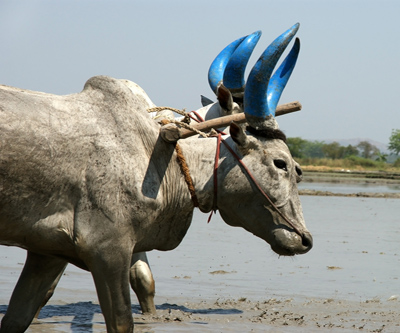
The Hindu Business Line reports disproportionate price increases of fertilizers are clearly playing out, with sales of di-ammonium phosphate (DAP) falling 21.6% and muriate of potash (MOP) plunging 58% during the kharif (monsoon) planting season. The more than 50 million small farmers in India that depend on the soil nutrient have also had to contend with a weak rupee that caused domestic MOP prices to rise by as much as 91%.
India imports some 6 million tonnes of potash a year with current pricing around the $500/tonne level. Chinese and Indian consumption drove the potash price from $100/tonne in 2004 to almost $900/tonne in the run up to the 2008 recession when the boom went bust and prices rapidly fell back to $350/tonne.
Business Line reports while MOP imports of about 60 lt for the current fiscal have been finalised at an average $490 a tonne cost & freight India, the effective cost in rupee terms would still go up because of the currency’s recent depreciation.
The potash market is dominated by about 10 mainly Canadian companies and a couple of Russian producers that market the soil nutrient through Opec-like marketing and distribution organizations.
The Financial Post reported last week Potash Corp of Saskatchewan (TSE:POT) (NYSE:POT), the world’s largest producer, might have its eye on Israel Chemicals (TLV:ICL), in which it already has a 14% stake worth about $2 billion after the last surviving brother of the Ofer family, which controls the company, passed away on Monday. Israel Chemicals is the second most valuable company on the Tel Aviv exchange.
MINING.com reported on Wednesday Potash West (ASX:PWN), hoping to becomes Australia’s first potash miner, raised $6 million on the Sydney bourse in May this year to break into the lucrative market. Encouraged by test work that revealed extraction potential using its own technology at one of the world’s largest known glauconite deposits, Perth-based Potash West on Wednesday expanded it exploration tenure by almost 40% to 2,905km² in Australia’s wheatbelt.
MINING.com reported in August prices in the $150 billion fertilizer market are lagging behind gains in food costs, providing farmers another incentive to boost production and leaving a gap for potash producers to further increase prices which have already surged 29% this year.